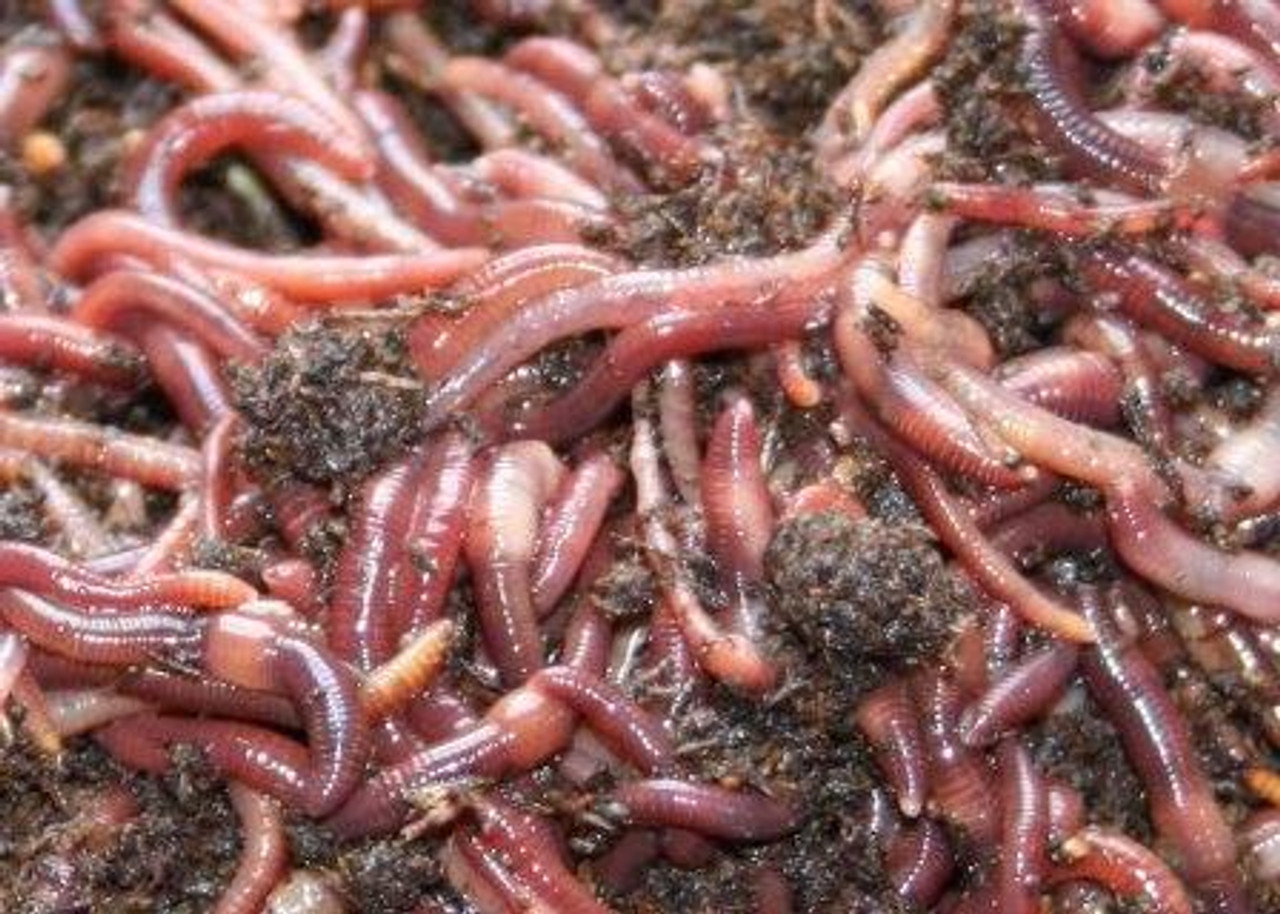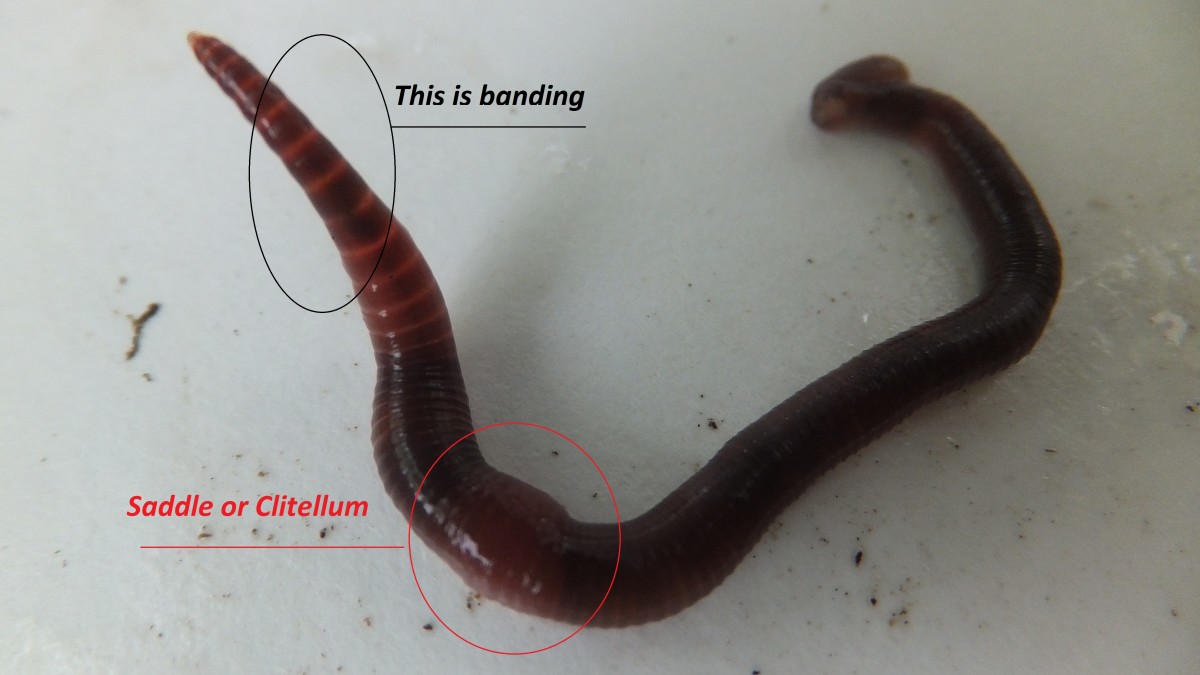Discover How Lake Hickory Bait Can Improve Your Lawn’s Growth and Vitality
Discover How Lake Hickory Bait Can Improve Your Lawn’s Growth and Vitality
Blog Article
Open the Secrets of Red Wigglers: Your Overview to Composting Success
The assimilation of red wigglers into composting practices offers a significant possibility for enhancing dirt health and advertising sustainability. These organisms are not simply efficient recyclers of natural waste; they use a myriad of advantages that can change yard management. Understanding their needs and habits is vital for enhancing their capacity, from establishing an appropriate worm bin to feeding them the right products. As we explore the important elements of effective vermicomposting, one could ask yourself exactly how these tiny creatures can cause a much more lively and efficient yard ecosystem.

What Are Red Wigglers?
(Red Wiggler Express)Red wigglers, medically understood as Eisenia fetida, are a species of earthworm mostly made use of in composting as a result of their remarkable ability to break down raw material successfully. These worms are identified by their reddish-brown coloration and a fractional body, commonly gauging in between 3 to 4 inches in length. Unlike various other earthworm species, red wigglers flourish in rich, organic atmospheres, making them excellent for vermicomposting systems.
Belonging To The United States And copyright, they are frequently discovered in decaying fallen leaves and compost stacks, where they play a crucial duty in nutrient recycling. Their adjustment to living in a damp, aerobic atmosphere allows them to eat huge amounts of organic waste, damaging it down right into nutrient-rich spreadings that improve dirt health and wellness.
Red wigglers replicate quickly, with a single worm with the ability of generating several cocoons every week, each including several hatchlings. This fast reproduction price contributes to their effectiveness in composting procedures. They favor temperature levels between 60 ° F and 80 ° F, and their activity level enhances substantially within this array, further aiding in the decomposition procedure. Recognizing the biology and actions of red wigglers is important for maximizing their potential in composting applications.
Benefits of Utilizing Red Wigglers
Using the power of red wigglers in composting uses various benefits that enhance dirt health and advertise lasting waste management. These impressive microorganisms efficiently damage down organic matter, transforming kitchen area scraps and backyard waste into nutrient-rich vermicompost. This ended up item is extremely beneficial for plant growth, as it boosts dirt framework, boosts moisture retention, and improves nutrient availability.

(Red Wiggler Express)Additionally, the existence of red wigglers in your composting system can accelerate the composting process, creating high-quality compost in a fraction of the time compared to typical approaches. The spreadings created by these worms are additionally brimming with useful bacteria that additionally improve the soil community.
Establishing Your Worm Container
Developing an efficient worm bin is a simple process that can considerably enhance your composting initiatives. The very first step is selecting a suitable container. Worm bins can be made from plastic storage containers, wooden boxes, or readily readily available worm bins. Make sure the container has sufficient water drainage and air flow holes to preserve optimal dampness levels and airflow.
Following, prepare the bedding product, which offers as the worms' habitat. A mix of shredded paper, cardboard, and coconut coir functions well, giving a comfortable environment for the worms. Go for a bed linens deepness of concerning 4-6 inches. Dampen the bed linen lightly, guaranteeing it looks like a damp sponge without excess water merging near the bottom.

Feeding Your Red Wigglers
To ensure the wellness and performance of your red wigglers, it is crucial to offer them with a balanced diet that meets their dietary demands. Red wigglers grow on a varied variety of organic materials, which not only supply essential nutrients but likewise advertise efficient composting.
Begin by including cooking area scraps such as veggie peels, fruit cores, and coffee premises. Stay clear of citrus fruits, onions, and garlic, as these can be destructive to worm wellness. In addition, introduce shredded paper, cardboard, and dry fallen leaves to develop a well-aerated atmosphere.
Feeding regularity need to be monitored; usually, worms can consume half their body weight in food weekly. It is crucial to prevent overfeeding, as excess food can bring about undesirable smells and attract pests. An excellent technique is to include food in small amounts, enabling worms to refine it prior to introducing a lot more.
Preserving dampness levels is additionally vital; the bed linen ought to perspire however not soaked. Last but not least, make sure to routinely check the temperature and pH levels of the bin to ensure an ideal setting for your red wigglers, ultimately enhancing their composting performance.
Harvesting and Utilizing Garden Compost
An effective composting process with red wigglers finishes in the rich, dark compost known as vermicompost, which can significantly enhance dirt health and wellness and plant development. Harvesting this nutrient-dense product generally occurs every three to six months, depending upon the size of your system and the amount of natural issue being processed.
To gather, gently separate the compost from the worms and any undecomposed products. One effective technique entails relocating the components of the container to one side and adding fresh bed linen and food to the empty room, encouraging the worms to move. After a couple of days, the compost can be accumulated from the opposite side.
It is necessary to utilize vermicompost correctly to optimize its benefits. By including vermicompost right into your gardening routine, you not only recycle natural waste but also create a flourishing ecosystem that supports sustainable horticulture methods.
Final Thought
In recap, red wigglers offer as exceptional allies in composting initiatives, transforming natural waste into nutrient-rich vermicompost. By understanding the optimal problems for their environment, feeding needs, and compost harvesting strategies, gardeners can enhance soil wellness and promote plant vitality.
Report this page